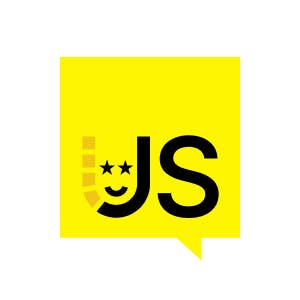- State management in React offers diverse library options.
- Jotai is a new library based on atoms for state management.
- Atoms create a dependency graph for state updates.
- Jotai can be used for global, semi-global, or local state.
- ProviderComponent and UseAtomHook are essential in using Jotai with React.
State management has always been a hot topic in the React community. With a plethora of libraries and solutions available, developers can choose from primitive solutions like the UseStateHook or more advanced libraries like Redux, MoveX, XState, Zustand, and now Jotai. While having numerous options can be daunting, it enriches the ecosystem by fostering innovation and diversity in approaches.
Jotai is an exciting new entrant in the realm of state management solutions for React. It introduces a concept based on atoms, which are essentially pieces of state. This concept, while popularized by libraries like Recoil, is not entirely new. It involves forming a dependency graph of state pieces and propagating updates across them. For instance, if you have three atoms, A, B, and C, where A depends on B, and B depends on C, any update to C will trigger updates to both B and A.
Unlike observables, atoms in Jotai do not hold values. They are merely definitions, with the actual values existing elsewhere. This separation allows developers to use atoms for global, semi-global, or local state management. By thinking of atoms as functions, much like React components, it becomes easier to grasp their utility in managing state.
Atoms in Jotai are defined using functions. For example, you can have a textAtom with an initial value of "HELLO", a textLengthAtom that calculates the length of textAtom, and an uppercaseAtom that converts textAtom to uppercase. These atoms are interconnected, so any change in textAtom will automatically update the others. This is achieved using the useAtom hook, which functions similarly to the useState hook, providing a value and an update function that triggers re-renders upon changes.
A key feature of Jotai is its ability to be used for global state management, although it's not truly global. Atoms can be used for semi-global or local states, which may initially seem counterintuitive. However, by viewing atoms as functions, their flexibility in state management becomes evident.
In React, dependencies in components are typically defined using props, states, or context. Jotai introduces a similar pattern with atoms. For example, a countAtom can be defined, and a doubleAtom can depend on it. When the countAtom changes, the doubleAtom is re-evaluated. The use of the get function, which retrieves atom values, is akin to the useContext hook in React, but with additional flexibility in changing atom dependencies.
Jotai also supports write operations on atoms. By adding a write function to an atom, it becomes writable, enabling state updates. This write function takes three parameters: get, set, and new value, allowing complex state manipulations. Primitive atoms, which serve as data sources in the dependency graph, can be defined with initial values and used to form intricate state management patterns.
Although Jotai atoms are designed for React, they are framework agnostic. The atom function is a helper for creating config objects, but technically, developers can define atom objects without it. To integrate Jotai with React, two functions are crucial: the ProviderComponent and the useAtom hook. The ProviderComponent stores atom values within the component tree, while the useAtom hook retrieves and updates these values.
In some scenarios, the Provider component can be omitted, allowing for global state management. This feature is particularly useful when there's only one Provider in memory. However, in cases with multiple Providers, each can maintain separate atom values, demonstrating the flexibility of Jotai in managing state across different contexts.
Jotai's design also supports server-side scenarios where multiple requests require isolated state management. While updating atom values on the server is currently hypothetical, the separation of definition and values lays the groundwork for potential future developments.
Jotai's framework-agnostic nature even allows for experiments like Jotajsx, which replaces React and React-dom libraries while retaining the same syntax. This and other experimental libraries hosted under the JotaiLabs GitHub organization showcase the potential for further developments and integrations beyond React.
Jotai presents a fresh perspective on state management in React, emphasizing the use of atoms as function-like, framework-agnostic state definitions. Whether you're an existing Jotai user or new to the library, exploring its capabilities can offer valuable insights into efficient state management.




















